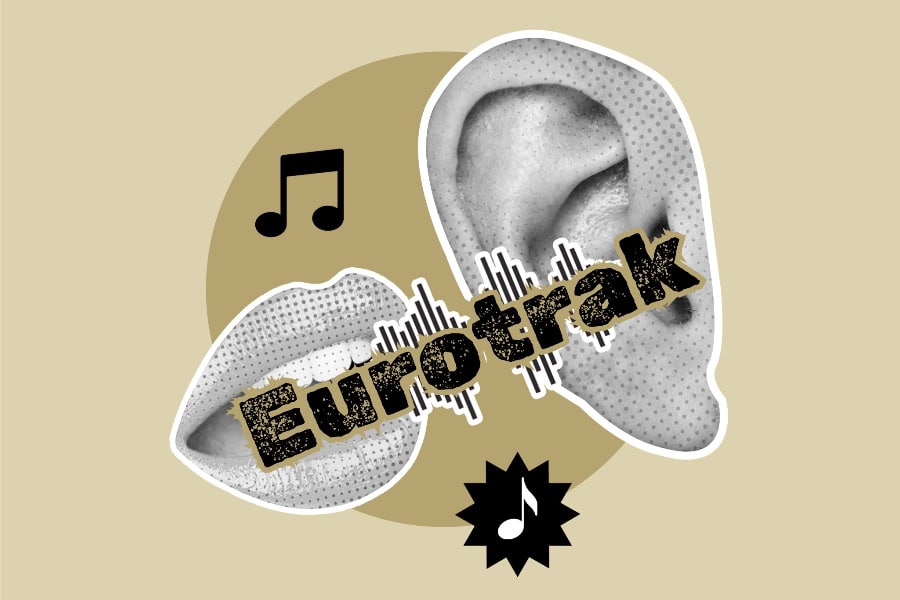The British Irish Hearing Instrument Manufacturers Association (BIHIMA) has released the results of the latest EuroTrak UK 2025 survey, offering a timely snapshot of hearing health across the UK.
This year’s results reveal notable improvements in satisfaction and quality of life for hearing instrument users but also exposes an ongoing gap in public awareness and small change in the adoption rate of hearing technology.
Despite clear evidence of benefit, the adoption rate among people with self-declared hearing loss has dipped slightly to 50.5 percent, down from 52.8 percent in 2022. While this is still high by international standards, the UK ranks third out of 10 countries, just behind Denmark and France; this could suggest that misperceptions and lack of information continue to hold people back from seeking treatment, according to BIHIMA.
Paul Surridge, Chairman of BIHIMA, commented: “It’s concerning to see the adoption rate decline slightly, particularly when satisfaction and quality of life outcomes are at an all-time high.
“We know that hearing instruments have an enormous impact on quality of life and that the technology behind them is better than ever. Clearly, there is still work to be done on raising awareness and breaking down remaining barriers.”
The EuroTrak UK 2025 findings also confirmed that those who regularly wear hearing instruments are happier and using their devices more. It found the average daily wear time has risen by over 10 percent, reaching nine hours per day.
82 percent of users are satisfied with their hearing instruments, and 96 percent say their hearing instruments improve their quality of life at least sometimes.
In addition, satisfaction has improved across nearly all listening situations, including in challenging environments like noisy rooms and group conversations which can be the most difficult for people with hearing loss.
Paul added: “Today’s hearing instruments are impressive in their capabilities; they integrate AI, real-time sound processing, and app-based controls that offer a completely personalised experience for device users.
“We believe that these exciting advancements in technology are playing a key role in the improvements in user satisfaction. Hearing instruments are no longer just amplifiers; they’re intelligent health devices.”
Alongside the technology developments within the hearing instruments, there are now more apps on the market deepening user experience, says BIHIMA.
The data revealed that there has been a notable increase in their adoption: 31 percent of hearing aid owners now use an app associated to their device, up from 22 percent in 2022. Among users, 76 percent report satisfaction with the app experience compared to 65 percent in 2022, reflecting growing confidence in digital tools to support hearing care.
“It’s fantastic to see app adoption on the rise, but there’s still a long way to go: nearly 70 percent of hearing instrument users aren’t yet making use of these tools,” Paul continued.
“But it also highlights the growing need for audiologists to be fluent in these evolving tools, which is consistent with what hearing care professional tell us. They must be fully aware of the available features and actively passing that knowledge on to patients. Ensuring clinicians stay up to date is essential if we want to bridge this gap and unlock the full potential of hearing technology.”
In line with BIHIMA’s 2024/2025 audiologist survey, the EuroTrak 2025 data suggests that stigma around hearing instruments still exists but is improving: 70 percent of users say they never feel mocked or rejected because of their devices, up from 64 percent in 2022.
However, barriers like denial of hearing loss, perceived discomfort, and lack of severity still dominate reasons for non-adoption.
Crucially, the data revealed that the NHS continues to be a cornerstone of hearing care in the UK, supplying 69 percent of hearing instruments free of charge, which demonstrates that the NHS is delivering significant levels of service despite frequently reported pressures and growing demand.
The data also shows a positive shift for the private market, with a growing share of users obtaining devices through specialised hearing instrument stores, up from 16 percent in 2022 to 21 percent in 2025.
Drawing the findings together, Paul concluded: “The 2025 EuroTrak data tells a powerful story: hearing technology is changing lives, but we still face a major public health challenge in encouraging people to seek help earlier. As an industry, we must better communicate the transformative impact of hearing technology, whether through the NHS or private care, and continue to challenge outdated assumptions.”
Hearing device jewellery brand Deafmetal is being honoured at the Victoria and Albert Museum in London for its new exhibition, Design and Disability, which celebrates the radical contributions of disabled, deaf, and neurodiverse creatives to global design culture.
The post 70 percent of people using a hearing aid say they never feel mocked because of their devices appeared first on AT Today – Assistive Technology.

